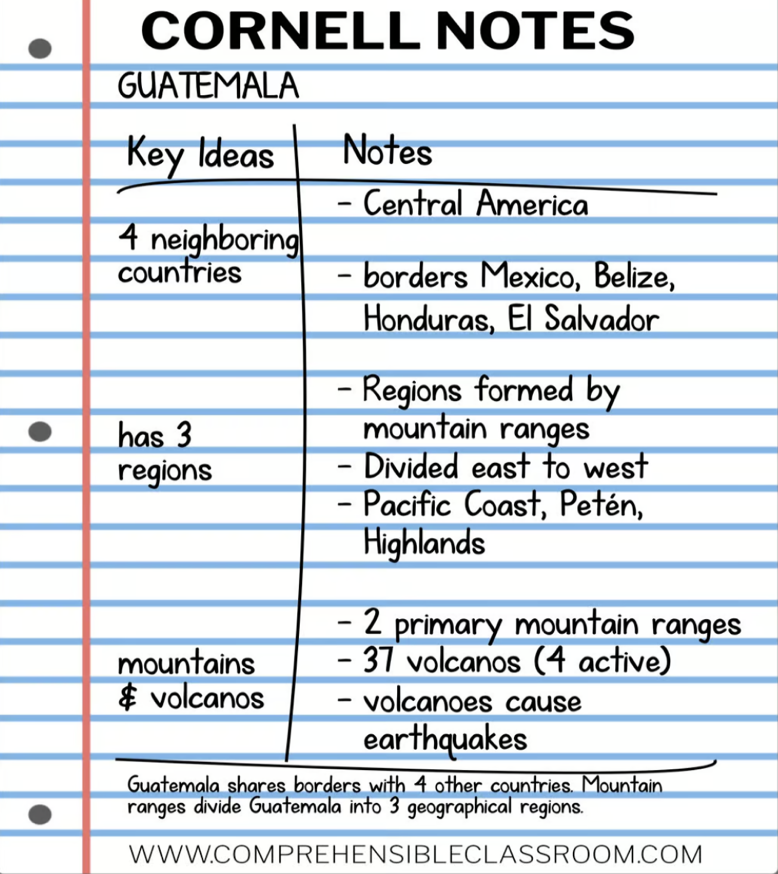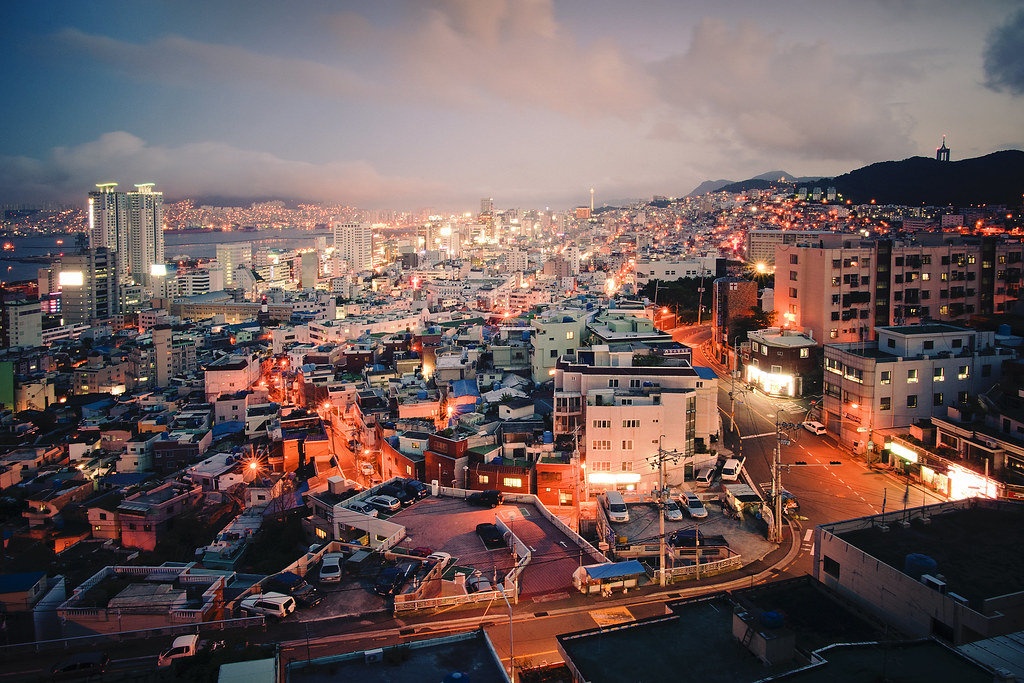When discussing urban sprawl, we must make a distinction between suburbanization and urban sprawl. Suburbanization is the movement of people away from the central part of a city to remote areas, while urban sprawl is the spatial development of properties characterized by low density and unplanned expansion of urban areas into suburbs, as a result of suburbanization. Urban sprawl is measured or recognized by large additional residential areas that are developed outside of the city center, the number of isolated fragmented developments, and the percentage of unused land outside residential properties. The concept of urban sprawl is not studied as much in countries other than the US and Europe. So in order to better understand it, we will look at its causes, its harmful effects, and solutions to minimize its effects. The causes of suburbanization are commonly known, including population increase in city centers, the rise of living costs in the city, preference of people to live in less crowded areas and avoid the noise pollution which can be experienced in the city, and rise in income to help people overcome travel costs. The causes of urban sprawl, specifically spatial development of properties that are fragmented and isolated and have large tracts of undeveloped lands around these properties, are not studied as much or are relatively unknown, but a popular hypothesis is that the building of motorways causes an increase in urban sprawl.
Urban sprawl has many negative consequences. The economic consequences are that the cost of public services like water, sewers, roads, and governance increases in sprawled communities in comparison to denser cities. This is due to the fact that longer pipes are needed to transport more water to the far-off suburbs. ame with electricity, more wiring is needed to supply electricity, increasing costs of these public services. Additionally, the larger houses found in the suburbs often have large gardens and use more water, electricity, and other services in comparison to the cities, resulting in a higher ecological footprint from the sprawled communities. This bigger footprint then results in more police and fire station services needed to cover a larger area in a less dense region, which is more costly.
The environmental and climate change consequences related to urban sprawl are that it often leads to an increase of cars and driving, which then leads to traffic, pollution, release of carbon and greenhouse gas emissions, contributing to increased global climate change. Water consumption increases with more open, less dense lot sizes in comparison to denser cities. Increased roads and motorways because of sprawl prevent natural groundwater recharge, because of impermeable surfaces. Urban sprawl also leads to habitat destruction and biodiversity loss with development.
Lastly, forests and wetlands store carbon dioxide, but because of development on these lands, more carbon and green-house gas are left in the atmosphere contributing to an increase in global climate change as well. The health consequences are that pollution and carbon dioxide from more cars impacts respiratory health with less dense sprawled communities where people drive more and don’t walk as much compared to the cities, leading to less exercise and higher risk of obesity, diabetes, illness, etc. There is also a higher risk of vehicle fatalities and accidents with these sprawled communities. The social and political consequences of urban sprawl is that, typically the rich people will move out of the crowded, dense city into the open suburbs to get more land and space and also because they can afford all the transportation, leaving poorer people in these cities. In the context of America, more rich white people leave the city and move to the suburbs, while the poor minorities are forced to stay in the cities, creating a segregation problem.
Urban sprawl is the way people develop the land or area once they move out of the city. The further the suburb is established or the more isolated and fragmented it is, the higher the degree of urban sprawl and the worsening of its consequences.
One solution to prevent these effects of urban sprawl is to have zoning laws, which say that a city has an expansion limit. This would limit the size of a city and suburbs, thus minimizing many economic and environmental effects. Another idea is the concept of building cities up, not out. By doing this, we can reduce the area of development, also reducing the harmful effects through this process.
References:



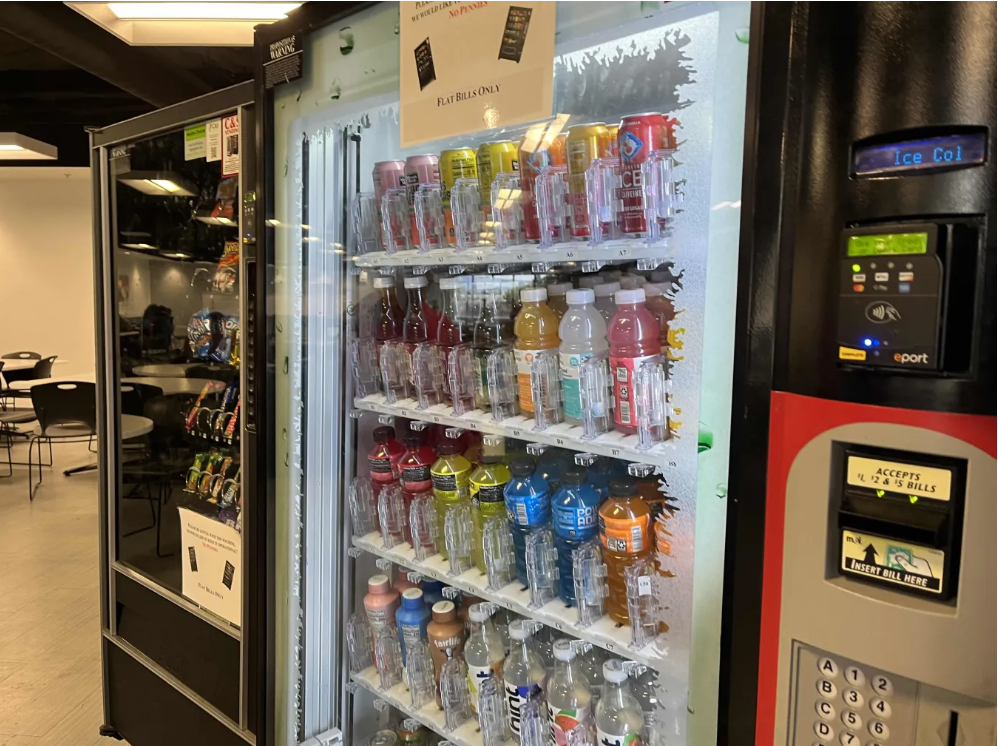

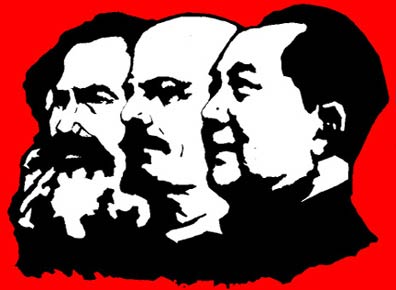
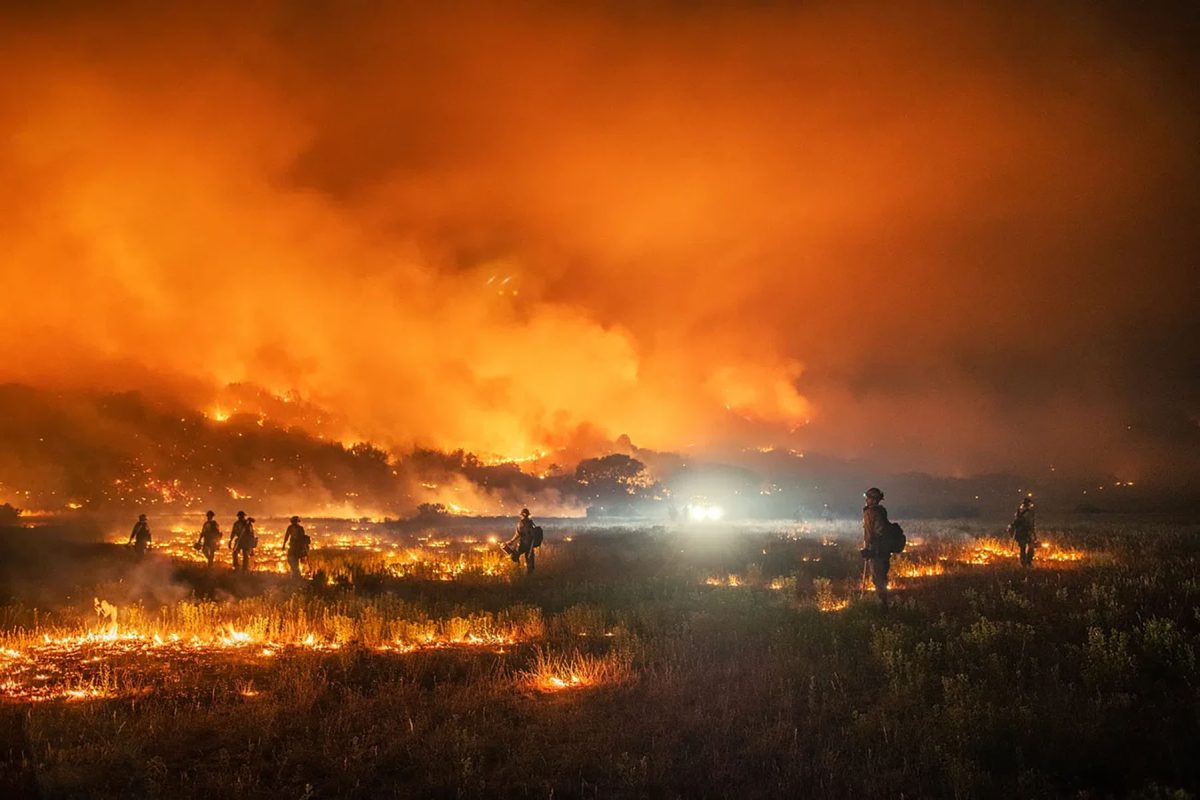
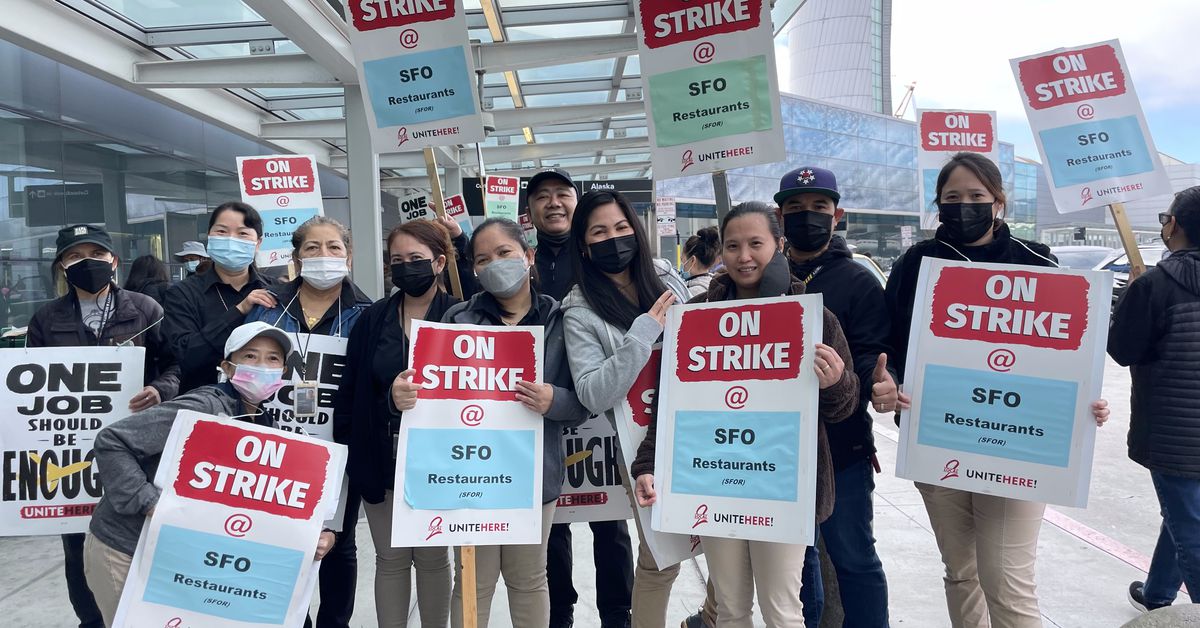






![Teacher [Milk] Tea: Part 2](https://bisvquill.com/wp-content/uploads/2024/03/Screen-Shot-2024-03-19-at-9.28.48-PM.png)
![Teacher [Milk] Tea: Part 1](https://bisvquill.com/wp-content/uploads/2024/03/milk-tea.png)
